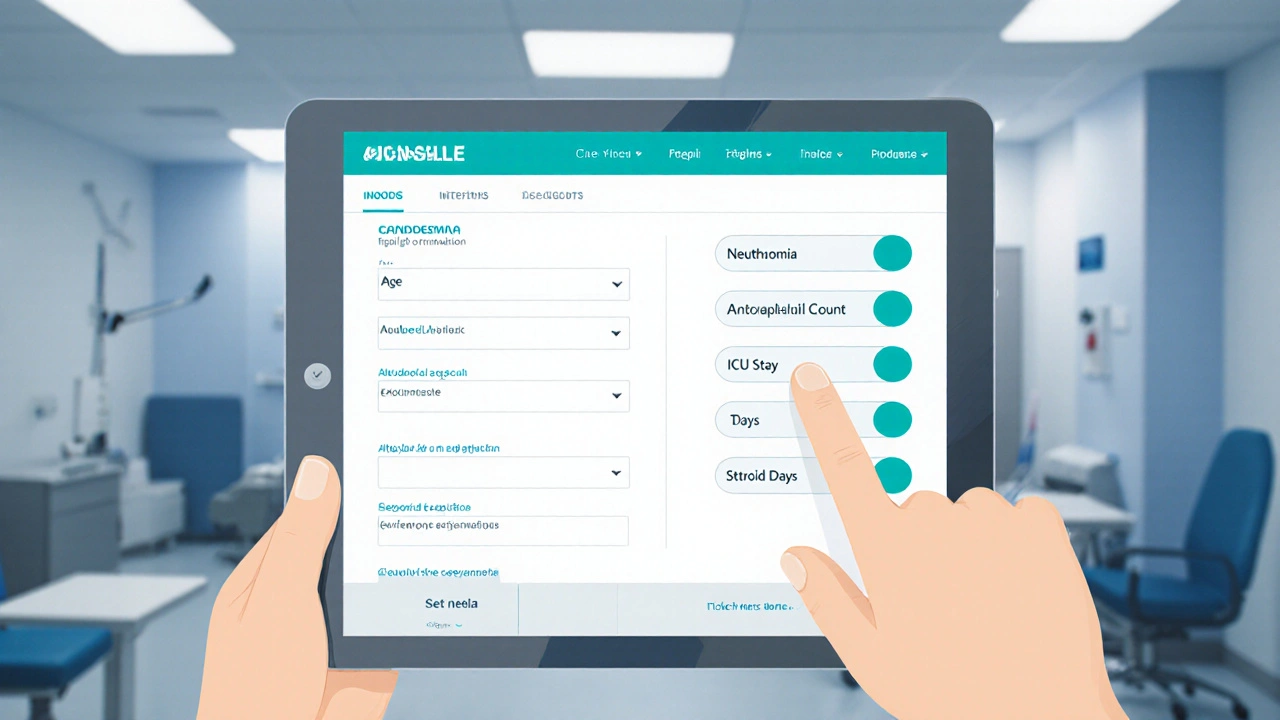candidemia: essential guide for patients and professionals
When dealing with candidemia, a bloodstream infection caused by Candida fungi. Also known as Candida sepsis, it requires prompt recognition because delayed treatment can raise mortality. candidemia encompasses invasive fungal spread, demands accurate lab work, and benefits from early antifungal therapy.
Key players behind the infection
The main culprits are Candida species, yeast-like fungi that normally live on skin and mucous membranes. While Candida albicans remains the most common, non‑albicans species such as C. glabrata and C. auris are rising, especially in hospitals. These organisms influence the choice of antifungal drugs and can affect patient outcomes.
People with weakened immune systems are especially vulnerable. Immunocompromised patients, individuals whose defenses are reduced by chemotherapy, transplant meds, or severe illness face a higher risk of developing candidemia. Their bodies cannot clear fungal cells efficiently, so infections spread faster and become harder to treat.
Most cases arise in healthcare settings. Hospital‑acquired infection, infections patients contract during a stay in a medical facility often involve central lines or catheters that provide a direct route for Candida into the bloodstream. The link between invasive devices and candidemia highlights the need for strict insertion and maintenance protocols.
Diagnosing candidemia starts with blood cultures, but they can take days to grow. Modern labs add matrix‑assisted laser desorption/ionization (MALDI‑TOF) and PCR panels to speed identification. Early detection enables clinicians to start targeted antifungal therapy, medicines that kill or stop the growth of fungi while awaiting species confirmation.
Choosing the right antifungal is critical. Echinocandins (caspofungin, micafungin) are usually first‑line because they work well against most Candida, including resistant strains. If the isolate is C. albicans and the patient is stable, fluconazole may be stepped down later. Therapy must be tailored to the species, susceptibility profile, and organ function.
Preventing candidemia means cutting the entry points. Hand hygiene, bundled care for central lines, and antimicrobial stewardship all lower infection rates. Hospitals that audit catheter practices and limit unnecessary broad‑spectrum antibiotics see fewer cases, proving that prevention reduces both morbidity and healthcare costs.
Below you’ll find a curated collection of articles that dive deeper into each of these areas—risk factors, diagnostic tools, treatment options, and practical steps to keep Candida out of the bloodstream. Whether you’re a patient looking for clear advice or a clinician needing up‑to‑date guidance, the resources ahead will give you actionable insights to tackle candidemia head‑on.
The Growing Threat of Candidemia and Disseminated Candida Infections in Hospitals
A detailed look at why candidemia and disseminated Candida infections are rising in hospitals, the high‑risk groups, species trends, resistance issues, diagnosis, treatment and prevention strategies.
Candidemia, Disseminated Candida Infections & Opportunistic Infections: How They’re Linked
Explore how candidemia, disseminated Candida infections, and other opportunistic infections are linked, their shared risk factors, diagnosis, treatment, and prevention strategies.
© 2025. All rights reserved.


